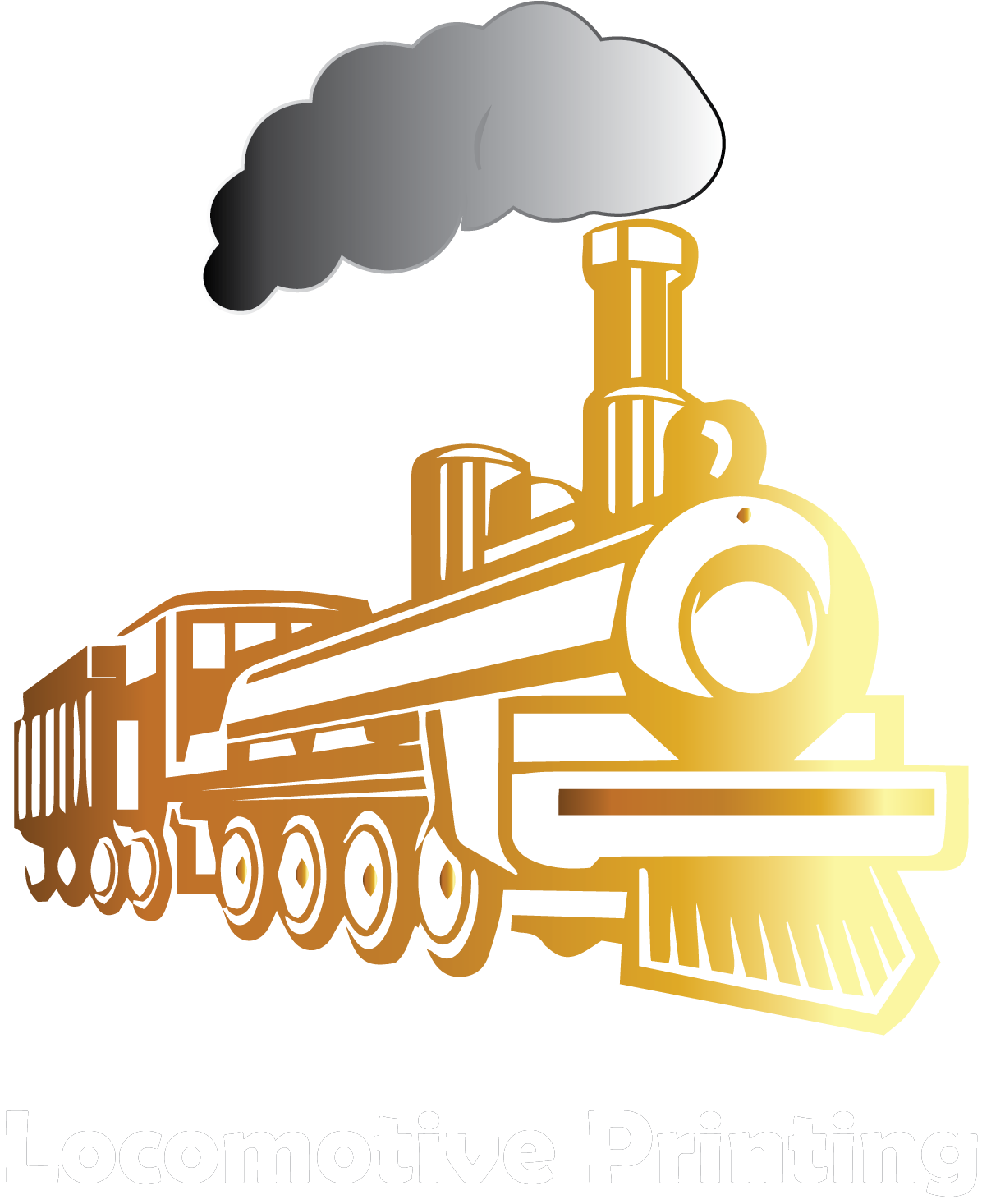The advent of 3D printing has revolutionized the way we think about manufacturing and production. With the ability to print three-dimensional objects using a wide range of materials, 3D printing has the potential to change the face of many industries, from healthcare to aerospace. However, as with any technology, 3D printing is only as useful as its design, and it is important to design 3D printers that are not only capable of meeting current use cases but can also be expanded and adapted for future use.
One of the main reasons why it is important to design 3D printers for future use cases and expandability is that the technology is still relatively new, and its full potential has yet to be realized. As such, it is difficult to predict exactly how 3D printing will evolve over the coming years and decades. However, by designing 3D printers with the ability to adapt and evolve with new use cases, we can ensure that they remain relevant and useful for years to come.
Another reason why it is important to design 3D printers for future use cases is that the technology is highly versatile, and can be used for a wide range of applications. For example, 3D printing can be used to create everything from small, intricate parts for electronic devices to large-scale structures for construction projects. By designing 3D printers that are capable of meeting a wide range of use cases, we can ensure that the technology remains useful and relevant for a diverse range of industries and applications.
In addition to versatility, 3D printing also has the potential to significantly reduce waste and increase sustainability. By designing 3D printers that are capable of using recycled materials or creating objects with minimal waste, we can help to reduce the environmental impact of manufacturing and production. Furthermore, by designing 3D printers with the ability to adapt to new materials and production methods, we can ensure that the technology remains relevant and useful for future sustainability efforts.
Finally, designing 3D printers for future use cases and expandability can help to spur innovation and creativity in the field. By creating an open-source design that allows for customization and experimentation, we can encourage a community of makers, designers, and engineers to push the limits of what is possible with 3D printing. This, in turn, can lead to new use cases and applications that we may not have even considered yet.
In conclusion, designing 3D printers for future use cases and expandability is essential if we want to fully realize the potential of this transformative technology. By ensuring that 3D printers can adapt to new use cases and materials, we can help to increase their versatility and sustainability, while also encouraging innovation and creativity in the field. As such, investing in the design of 3D printers that are capable of meeting both current and future use cases is a wise investment for any industry or organization looking to stay ahead of the curve.
